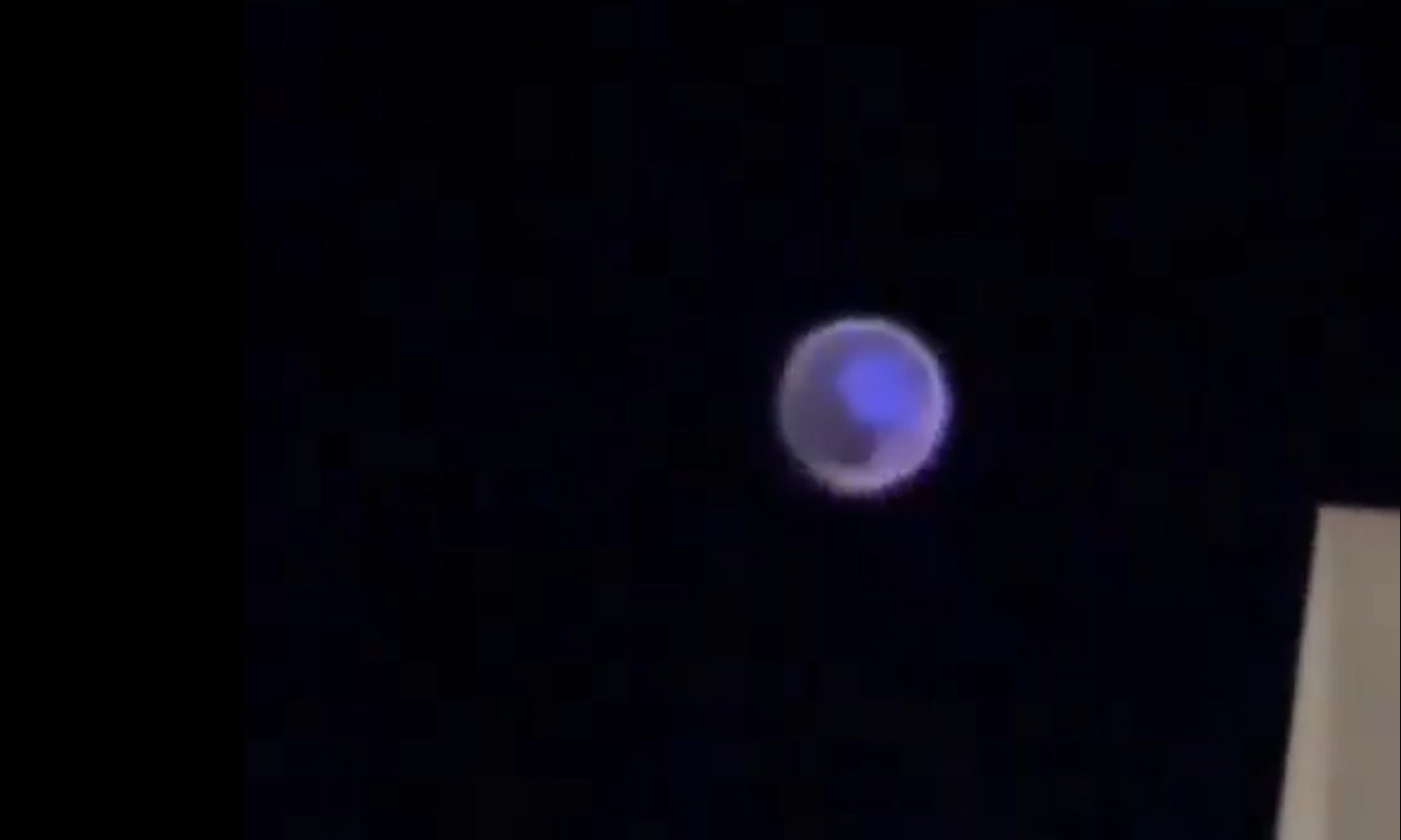
After a large-scale Iranian missile strike on Israel using dozens of ballistic missiles, several new videos of exoatmospheric interceptions have been posted online. Here’s a look at these explosions and their features.
First, the most obvious thing that catches one’s eye is the shape. The almost spherical shape suggests that the explosion occurred at an altitude where atmospheric pressure is quite low. In general, this can be any altitude above 50 kilometers, although this type of interception should occur near the Karman line (100 km), the traditional “boundary of space” where aerodynamic effects are practically absent.
It’s almost impossible to estimate the altitude with the naked eye, as too few interceptions such as these have occurred in history. But the clear sphere of enormous size suggests that it is at least 50 km.
Second, the color. It could have been influenced by the fuel of the target and the interceptor, as well as by the very nature of the explosion outside the atmosphere. Most likely, it was the fuel that was rapidly heated to incredible temperatures that produced this blue-pink color, reminiscent of plasma. An explosion in the denser layers of the atmosphere would have looked much like the interceptions we are seeing in Ukraine.
Exoatmospheric interception of a ballistic target is currently the most difficult task possible for missile defense: at breakneck speeds, the slightest maneuver of an enemy missile causes a significant deviation from the trajectory. It may not be enough to miss the final target on Earth, but it is enough to prevent the interceptor from hitting the missile and to pass by it.
That is why current developments rely on future hypersonic missiles that actively maneuver: the high speed reduces response time, and maneuvers in the mid-phase of flight make it difficult to calculate the trajectory for interception. The trajectory of such a weapon is not purely ballistic.

Almost all modern anti-missile systems capable of intercepting complex ballistic targets use the hit-to-kill approach – kinetic damage, or direct collision with the target. Unlike the traditional hit by debris from a close interceptor breakup, this approach guarantees critical damage to thick-walled ballistic missiles and destabilizes their flight path. It has been implemented, for example, in the US SM-3, THAAD, and GMD missile defense systems.
The Patriot systems in service with the Ukrainian Air Force use MIM-104 missiles in different versions: with a fragmentation method for aerodynamic (GEM-T missile) and with a kinetic method for aeroballistic targets (PAC-3 MSE missile).
According to open source information, the Russian S-400 and S-500 use the fragmentation method for both aerodynamic and aeroballistic targets.
The Israeli Arrow 2 missile combines both approaches: it first tries to hit the target kinetically, but if it misses slightly, it detonates near the target to hit it with fragmentation. The next version, Arrow 3, uses only a hit-to-kill approach.
Exoatmospheric interception is designed to destroy medium-range and longer-range ballistic missiles, which can be intercepted in the mid-phase of flight near the Karman line. Intercontinental missiles should ideally be intercepted outside the atmosphere (at an altitude of 700+ km) – this is exactly what systems like the US RIM-161 Standard Missile 3 are designed to do.

Short-range ballistic missiles are intercepted in the final (or initial) phase of flight – the short approach time and short middle phase make it impossible to react in time. In addition, the ballistic trajectory of such weapons may not go beyond the Karman line.
Another challenge of such interception is the lack of atmosphere. This does not allow aerodynamics to be used to control the interceptor: stabilization tools and separate correction engines are needed. Error accumulation factors and the complexity of communication with the ground station are also important, so the interceptor must have serious onboard targeting systems.
In essence, this task can be compared to hitting a grain of sand in the eye of a needle at high speed. If successful, exoatmospheric interception of ballistic targets is the safest way to repel such attacks. But at the same time, it is an incredibly difficult task for both target detection systems and missiles that are supposed to hit them directly.
Підтримати нас можна через:
Приват: 5169 3351 0164 7408 PayPal - [email protected] Стати нашим патроном за лінком ⬇
Subscribe to our newsletter
or on ours Telegram
Thank you!!
You are subscribed to our newsletter